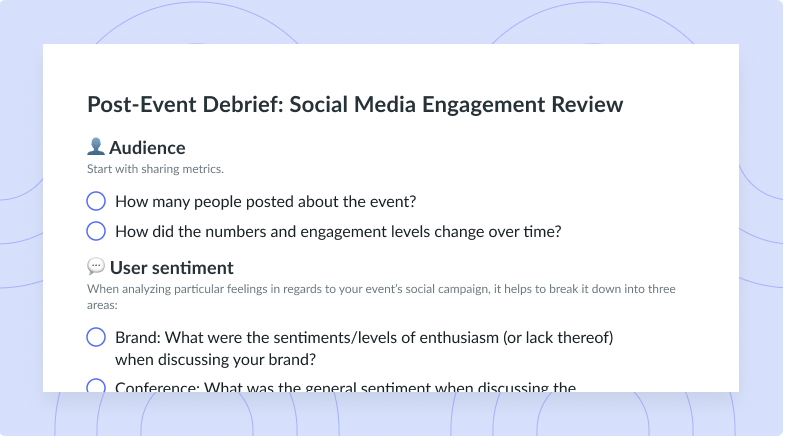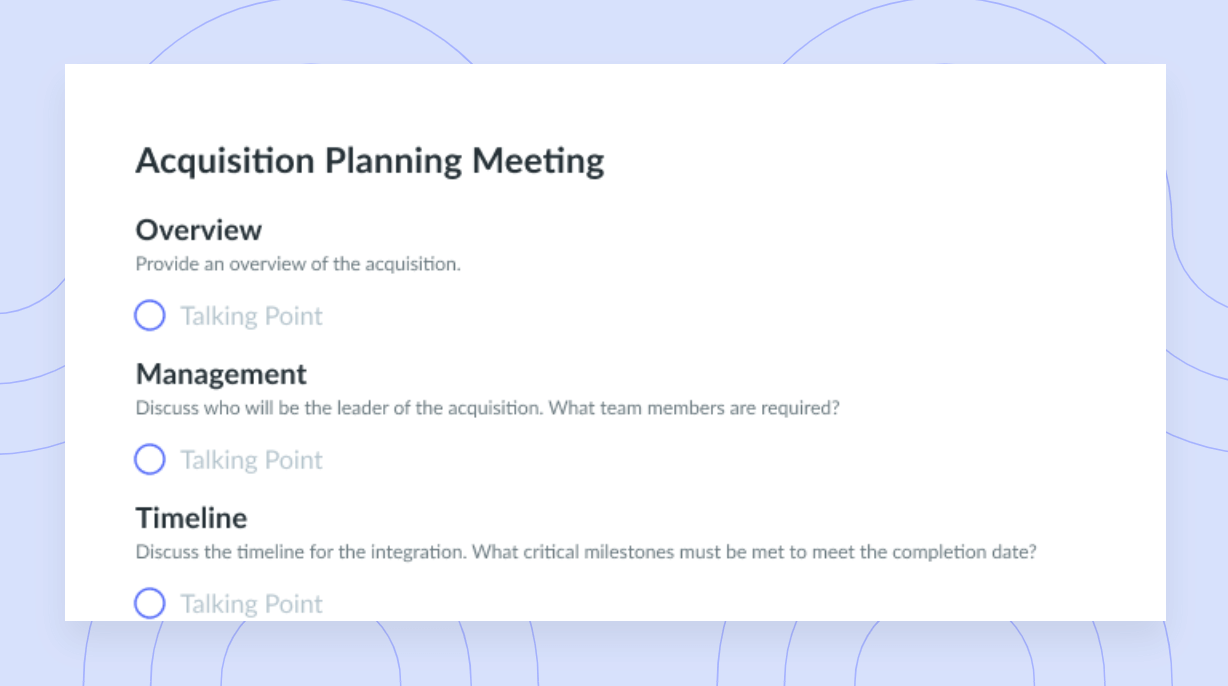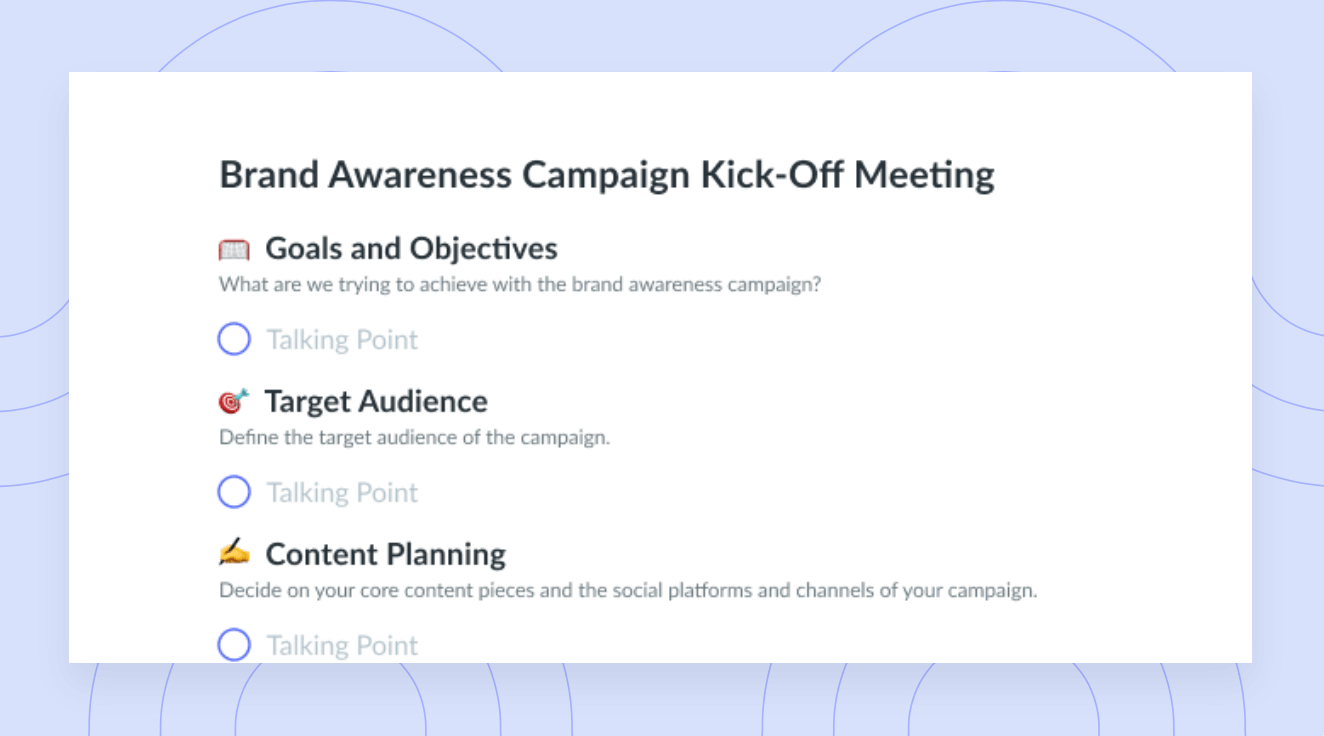A Guide to Planning for Crisis Communication [+ Examples]
In times of crisis, communication is more important than ever! Learn how to create a crisis communication plan to stay prepared.
As it turns out, only half of US-based companies have a crisis communication plan in place. Is your business one of them? And if so, when is the last time you reviewed and updated your crisis communication plan with your team? With any growing organization, there’s safety in planning for the worst-case scenario, even if you never imagine for it to happen. That’s why we thought it would be worthwhile to bring you some inside tips on how to prepare your crisis communication to keep your company’s reputation intact, no matter what the future throws your way!
- What is crisis communication?
- Common types of crises
- What is a crisis communication plan?
- Examples of crisis communication plans
- 5 crisis communication strategies
- How to communicate a crisis with Fellow
What is crisis communication?
When something happens that could negatively affect the reputation of a business, crisis communication is used to publicly respond to the event. Crisis communication is usually executed by public relations (PR) or marketing teams, but also often involves C-level executives, government officials, legal teams, compliance auditors, investors, and anyone who might communicate directly with customers (like sales teams).

Run efficient meetings, come to a decision, and get back to work
Level up your meeting habits to boost engagement and productivity with a collaborative meeting agenda. Try a tool like Fellow!

Common types of crises
A crisis can be anything that risks detrimentally impacting the reputation of a business, therefore causing the business to lose revenue, face fines, or face other negative impacts. Some types of crises include:
- Security breaches, whether confirmed or suspected, that might leak or affect sensitive information.
- Dramatic market changes, such as mass layoffs, sudden declines in sales, or shocking competitor news.
- Negative reviews from customers, partners, or employees that are distributed on a wide scale.
- Sudden outages or health concerns that affect the customer’s ability to use the product.
- Major environmental changes that affect the company’s ability to work, such as supply chain delays, political restrictions, or a global pandemic.
What is a crisis communication plan?
A crisis communication plan refers to the activities that an organization plans to undertake when it senses that there is a threat to the business’s reputation. The plan will outline the individual activities required, the people or teams responsible for each activity, and estimated timelines or costs associated. In many cases, organizations will also create tiered crisis plans, depending on how severe and widespread the impact of the situation is expected to be.
Examples of crisis communication plans
Boeing 737 Max
In 2018 and 2019, there were two hugely fatal crashes from Boeing 737 Max airplanes. It took nearly two weeks from the first crash before Boeing announced that the planes would undergo software and design updates to prevent a similar issue. But approximately 5 months later, another crash occurred. At this time, Boeing was faced with a multi-year-long crisis communication scheme involving multiple federal governments to ensure that defective planes would no longer cause fatal accidents. Boeing’s lack of urgency in handling the design issues after the first incident made the crisis communication much more difficult and meant the communication required more push from authorities like the U.S. federal government.
Burger King’s Impossible Whopper
In 2019, a vegan customer attempted to sue Burger King for falsely claiming their “Impossible Whopper” was meatless when they realized the non-meat patty was cooked on the same surface as regular meat products. However, the case was dismissed by a court judge in the United States. Burger King then needed a crisis communication plan to continue promoting the intended target audience of the Impossible Whopper by saying it was meant for anyone who wants to consume less animal protein (rather than vegans).
Virginia Department of Education
The Virginia Department of Education has a library of crisis communication plans on standby in case they are ever needed by any educational institute within the state. These plans include processes for ensuring gun safety, Internet safety, and overall protection of children within the school systems. The plans encourage all participants to focus on academic achievement, while also fostering positive relationships between staff, family, and community members. To facilitate the execution of the plans, the Virginia Department of Education has also implemented technological resources, processes, and regular practices of executions in case of emergency.
5 crisis communication strategies
- Make your message clear
- Do quick damage control
- Have a spokesperson respond
- Leverage social media
- Gather customer feedback
1Make your message clear
When emergencies arise, it’s easy for people to make assumptions and spread false claims. One of the best things to do is to have a clear and consistent message across all of your channels. Everyone within your company should be aware of what this message is. Not only does this help reduce the risk of false rumors spreading, but it also creates an opportunity for your company to lead the positioning of the crisis.
2Do quick damage control
As soon as the incident occurs, be prepared to respond. Your crisis communication strategy should have a to-do list of immediate items that will allow your company to survive in the short term. Most often, quick damage control strategies will seek to buy you more time to put together a formal response, or they will allow you to mitigate the issue in hopes that it goes away on its own faster. When executing short-term solutions, it’s important to know the ideal outcome that you will achieve with your damage control, as this may influence which activities or messaging you choose to use.
3Have a spokesperson respond
Using a spokesperson is a helpful way to ensure that your company has one clear message. Long before any emergencies occur, identify who your spokesperson will be and have them trained and ready to respond. Whoever you choose for this role should ideally have significant authority within the company, be great at handling difficult questions, and have a calm composure in front of crowds, news teams, or important stakeholders. As a best practice, you should also encourage your team members to direct any questions to the spokesperson, rather than encouraging individuals to respond.
4Leverage social media
Social media channels are a great way to reach your audience fast. In your communication plan, you should identify which social media channels you use, and how they are commonly used. Sync with your social media or marketing team to coordinate the message. Some channels—like TikTok—may need videos created while others—like Twitter or LinkedIn—may perform better with text communications. Your marketing team will also help guide you on when is the best time to launch the communications for maximum reach.
5Gather customer feedback
It might seem intimidating or controversial to use your customer’s insights to fuel your crisis response; however, this is likely where you’ll find the most valuable feedback to create a plan that will appease your wider customer base. Ask your sales or customer success teams to reach out to two to three trusted customers who are in your ideal customer profile and are affected by the crisis. Your internal teams must be trained on how to communicate the crisis and how to collect feedback, as these situations are sensitive and can negatively affect customer relationships if handled poorly. Collect the insights in a central place for all members of the crisis management team to view. In your next check-in meeting, put a talking point on the agenda to brainstorm how to use those insights.

How to communicate a crisis with Fellow
When developing and checking in on your crisis communication plan, consider hosting a roundtable discussion that involves all of your important stakeholders. The number of invitees matters—if you’re bringing too many people into the call, it can make decision making, agreements, and accountability more challenging.
When you’ve selected a crisis management team, a meeting collaboration software like Fellow can help your team collaborate on an effective crisis communication and management strategy. Here’s how:
- Log in to your Fellow account, either through the desktop app, the web browser, or through the Google Chrome extension.
- Create a collaborative meeting agenda that outlines the purpose of the meeting (that is, that tells the group what the crisis is and what you want to achieve throughout the call). It will help if you apply a structured meeting template like our Crisis Management Round Table Template. All attendees should be able to contribute talking points to the agenda.
- Ensure at least one person is taking detailed meeting notes so you can reference the discussion later, if needed. In times of crisis, details are important!
- Create an action plan that outlines quantitative goals and includes due dates. Assign specific action items to each member of your crisis management team.
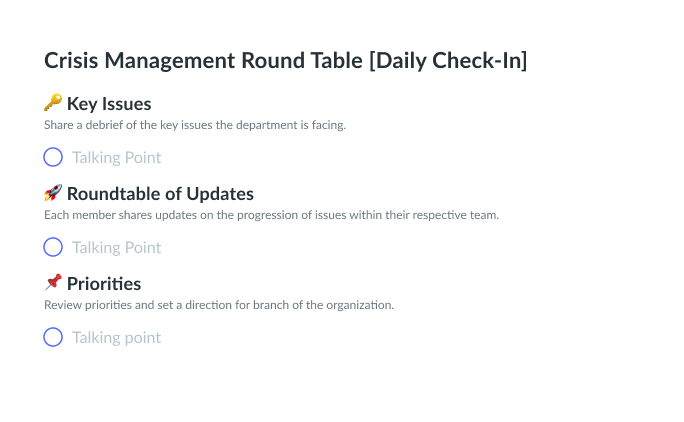
Parting advice
Crisis communication and management plans are super helpful for any business facing a threat to its reputation. In some cases, the threat may be clearly visible; in others, it may be a suspected risk. Regardless, as long as you have a well-documented plan, your team will be able to execute an appropriate response. And by leveraging a collaboration tool like Fellow, you can align on a response plan that works for all stakeholders. Being quick to respond and being clear in your message to the public will help your team bounce back in no time!
![Crisis Management: How to Overcome a Business Crisis [+ Free Template]](https://fellow.app/wp-content/uploads/2022/06/Crisis-Management-2.jpg)








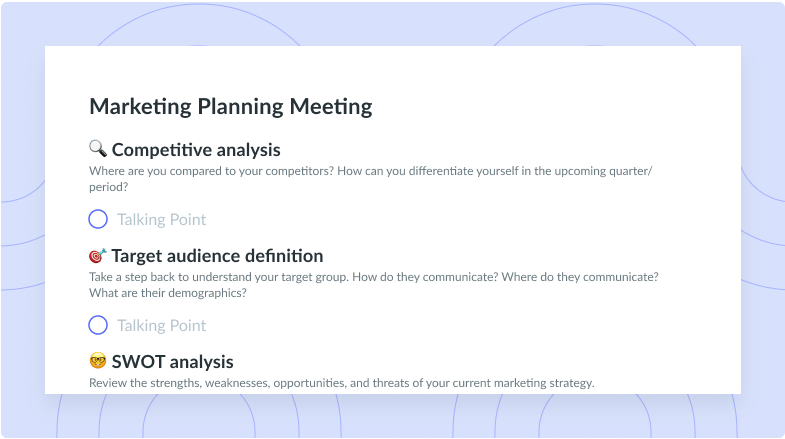

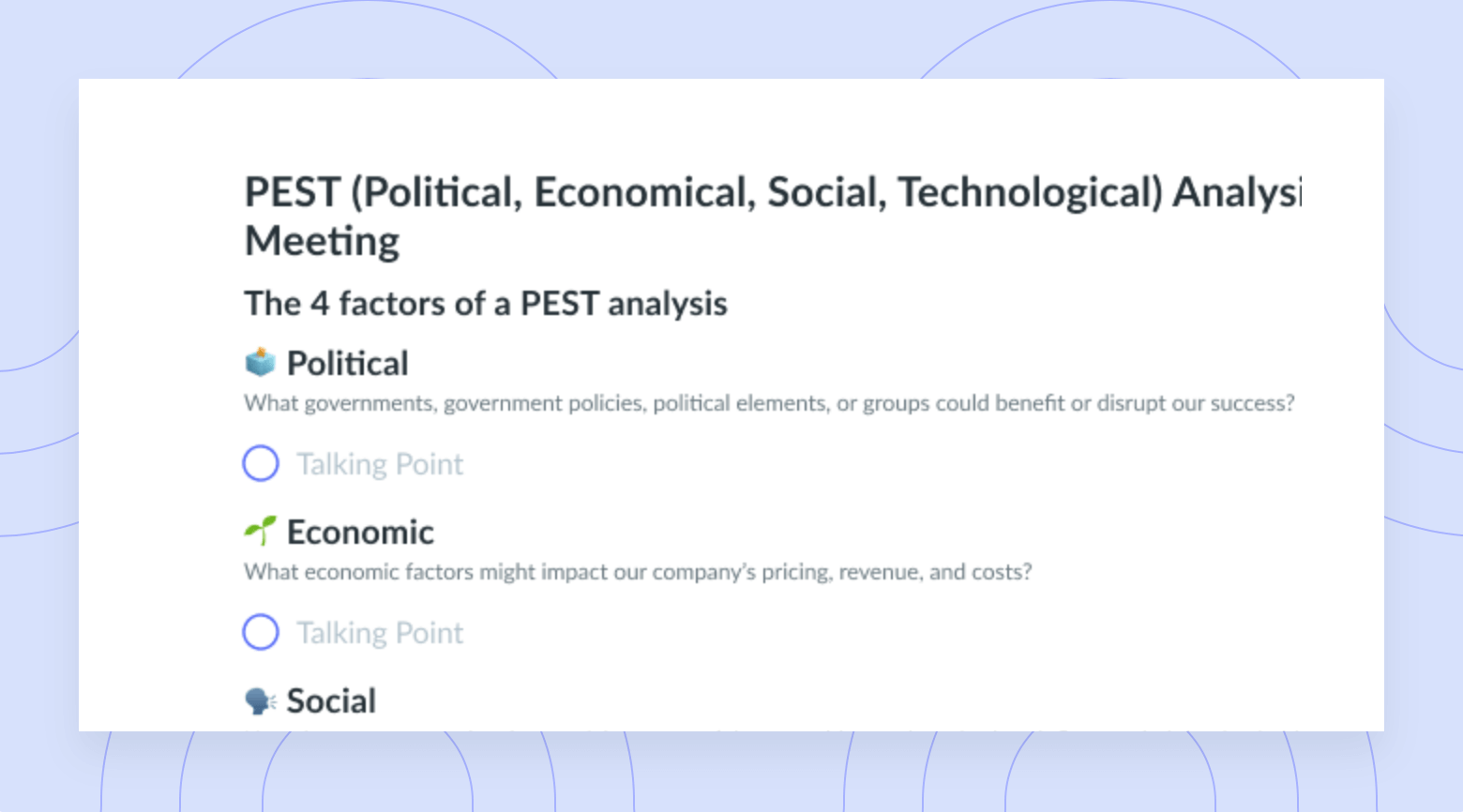
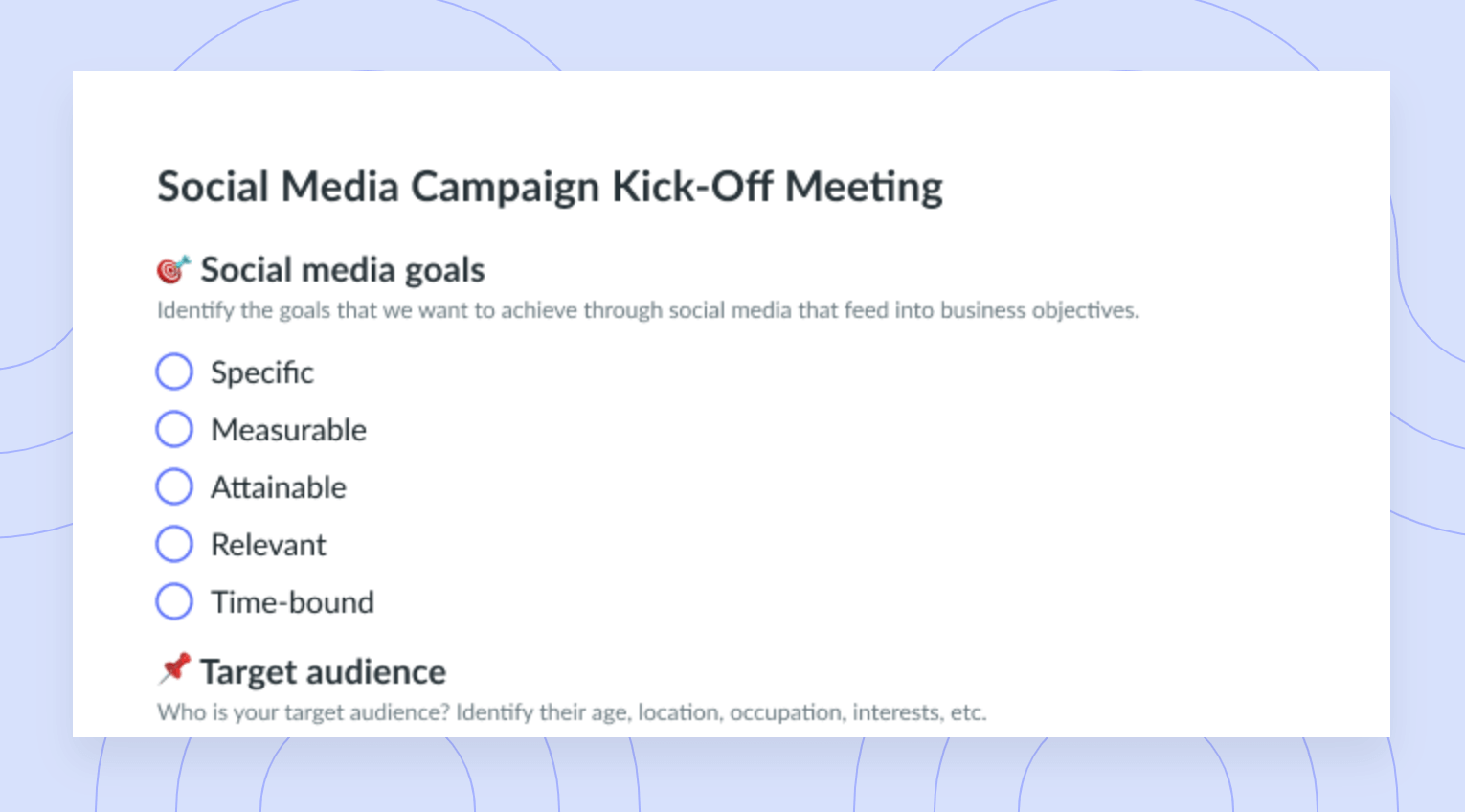
![Crisis Management Round Table [Daily Check-In] Template](https://fellow.app/wp-content/uploads/2021/09/Crisis-Management-Round-Table-Daily-Check-In-preview.png)
